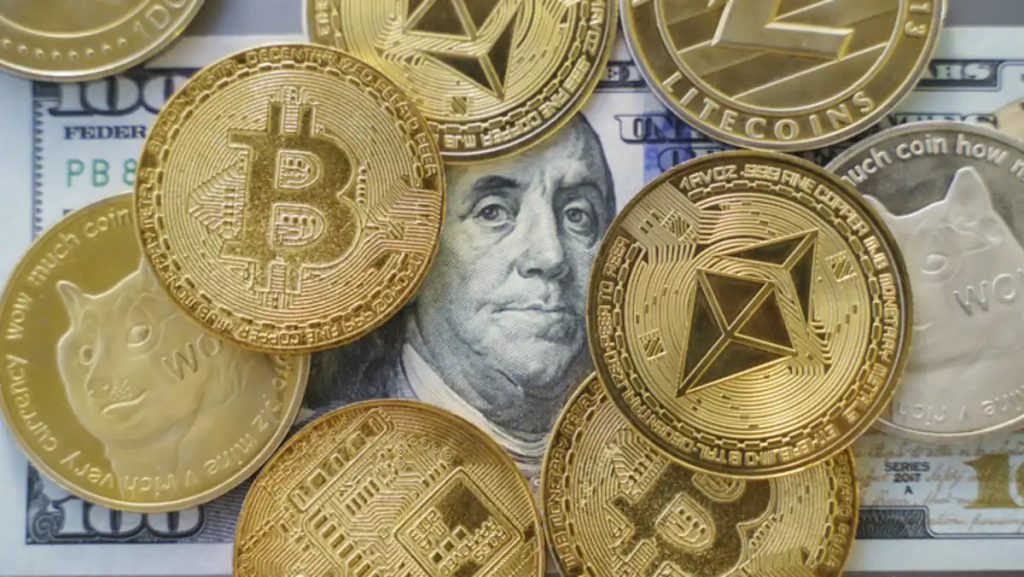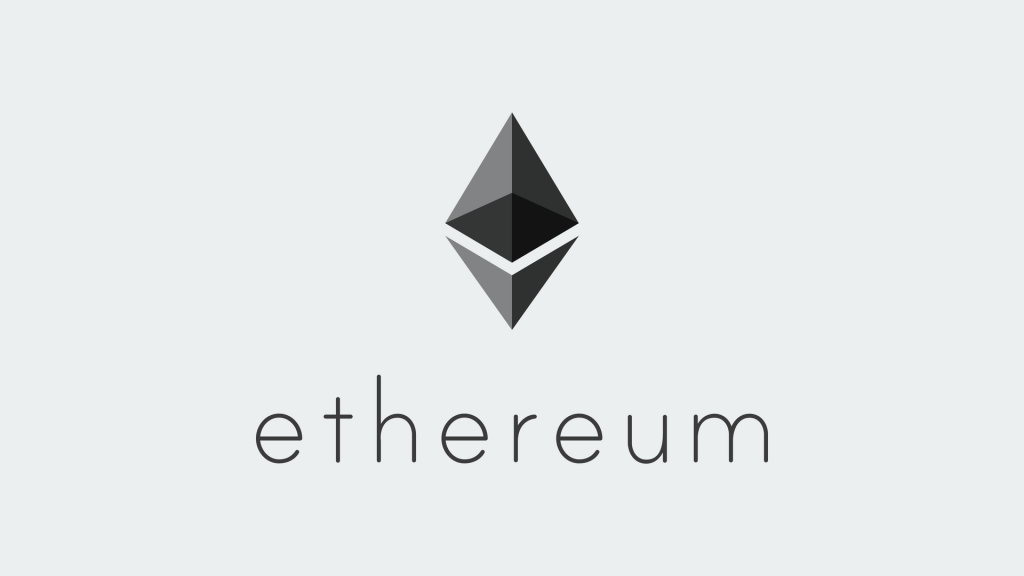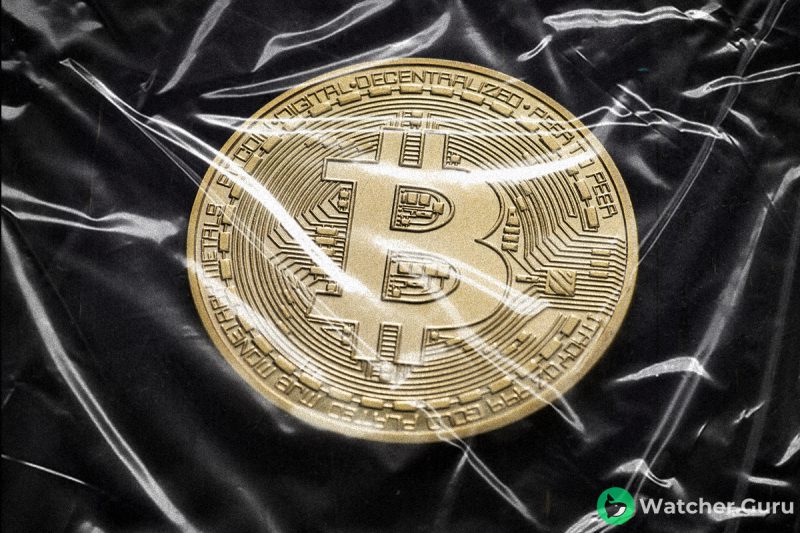Understanding Wrapped Tokens: The Future of Blockchain-Based Asset Trading
Are you interested in blockchain-based asset trading? If so, then you may have heard of wrapped tokens. These tokens are becoming increasingly popular due to their ability to represent assets on a blockchain, such as Bitcoin or Ether.
In this article, we will explore what wrapped tokens are, how they work, and their advantages over native assets on a blockchain. We will also discuss the process of creating wrapped tokens and look at some of the leading tokens in this space.
Finally, we will examine the future of these tokens and their role in the world of asset trading on the blockchain.


Introduction
Blockchain-based asset trading has the potential to revolutionize the way we trade assets. It offers a way to securely and transparently trade assets without the need for intermediaries. However, one of the challenges of blockchain-based asset trading is that it is difficult to represent non-native assets on a blockchain.
This is where wrapped tokens come in. These are tokens that represent assets on a blockchain, such as Bitcoin or Ether.
What are wrapped tokens, and how do they work?
They are tokens that represent assets on a blockchain. To create them, one “wraps” the asset in a smart contract, subsequently issuing the corresponding token.
For example, if you want to trade Bitcoin on the Ethereum blockchain, you can wrap your Bitcoin in a smart contract, issuing a corresponding Wrapped Bitcoin (WBTC) token. Like any other token, traders can trade this on the Ethereum blockchain.
One of the key features of this token is that it is pegged to the value of the underlying asset. This means that one wrapped bitcoin will always be worth one bitcoin. This is achieved through a process of collateralization.
Advantages of wrapped tokens over native assets on a blockchain
There are several advantages to using wrapped tokens over native assets on a blockchain. One of the main advantages is that it enables cross-chain interoperability. This enables the trading of assets across different blockchains, thereby boosting liquidity and fostering more efficient markets.


Another advantage is that they enable yield farming.
Yield farming involves staking tokens for rewards such as interest or governance rights. With wrapped tokens, users can stake their tokens on different protocols and earn rewards across different blockchains.
Understanding the process of creating wrapped tokens (digital vault, amount of BTC, and fiat currency)
The process of creating wrapped tokens involves several steps.
First, create a digital vault to hold the underlying asset. Ensuring the security of the asset and enabling its collateralization is necessary to issue the corresponding wrapped token.
Secondly, determining the amount of the underlying asset to wrap becomes crucial as it directly determines the required collateral for issuing the asset.
Thirdly, you can issue and trade the wrapped token on the blockchain using either fiat currency or cryptocurrencies like Ether.
Wrapped Ether (WETH) and Wrapped Bitcoin (WBTC)—leading wrapped tokens
The two leading wrapped tokens are wrapped ether (WETH) and wrapped bitcoin (WBTC). WETH is an ERC-20 version of Ether that can be traded on the Ethereum blockchain. It is used as a way to represent ether on the blockchain and enable trading of ether on decentralized exchanges.
It serves as a means to enable trading of Bitcoin on the Ethereum blockchain and grants the ability to utilize Bitcoin in decentralized finance (DeFi) applications.
As mentioned earlier, wrapped tokens enable yield farming and cross-chain interoperability. Yield farming involves staking tokens for rewards such as interest or governance rights. With wrapped tokens, users can stake their tokens on different protocols and earn rewards across different blockchains.
Cross-chain interoperability holds significance as it empowers the trading of assets across different blockchains. This increases liquidity and allows for more efficient markets. Wrapped tokens actively facilitate cross-chain interoperability by representing assets on a blockchain and empowering their trading on other blockchains.
Smart contracts and the ERC-20 standard: enabling wrapped tokens on the Ethereum blockchain


Wrapped tokens are enabled by smart contracts and the ERC-20 standard on the Ethereum blockchain. Smart contracts are self-executing contracts, with the terms of the agreement between buyer and seller being directly written into lines of code.
The ERC-20 standard is a set of rules that define how tokens on the Ethereum blockchain should behave. By following these rules, tokens can be easily traded on decentralized exchanges and other applications.
How wrapped tokens bring capital efficiency to decentralized exchanges
Decentralized exchanges (DEXs) are a key component of the DeFi ecosystem. However, one of the challenges of DEXs is that they require users to have a balance for each token that they want to trade. This can be costly and inefficient, as users may need to hold multiple tokens in order to trade.
They bring capital efficiency to DEXs by enabling users to trade assets without having to hold the underlying asset.
For example, if a user wants to trade Bitcoin on a DEX, they can wrap their Bitcoin in a smart contract and trade the corresponding Wrapped Bitcoin (WBTC) token on the DEX.
Merchant adoption and faster transaction times
Merchant adoption is an important factor in the success of any payment system.
Wrapped tokens can enable faster transaction times and lower fees, making them more attractive to merchants.
For example, if a merchant wants to accept Bitcoin payments, they can use wrapped Bitcoin (WBTC) instead. Processing the payment on the Ethereum blockchain instead of the Bitcoin blockchain enables faster transaction times and lower fees.
The Future of Wrapped Tokens and Their Role in the World of Asset Trading on the Blockchain
This asset has the potential to revolutionize the way we trade assets on the blockchain. They enable cross-chain interoperability, yield farming, and capital efficiency on decentralized exchanges. They also have the potential to enable faster transaction times and lower fees for merchants.
The future holds the possibility of witnessing an increased representation of assets on the blockchain through these tokens. We may also see more cross-chain interoperability and yield farming across different blockchains.
As the ecosystem continues to grow, this token will likely play an important role in the world of asset trading on the blockchain.
Conclusion
In conclusion, wrapped tokens are an important development in the world of blockchain-based asset trading. They enable the representation of non-native assets on a blockchain and bring cross-chain interoperability, yield farming, and capital efficiency to decentralized exchanges. They also have the potential to enable faster transaction times and lower fees for merchants.
As the ecosystem continues to grow, wrapped tokens will likely play an increasingly important role in the world of asset trading on the blockchain.





